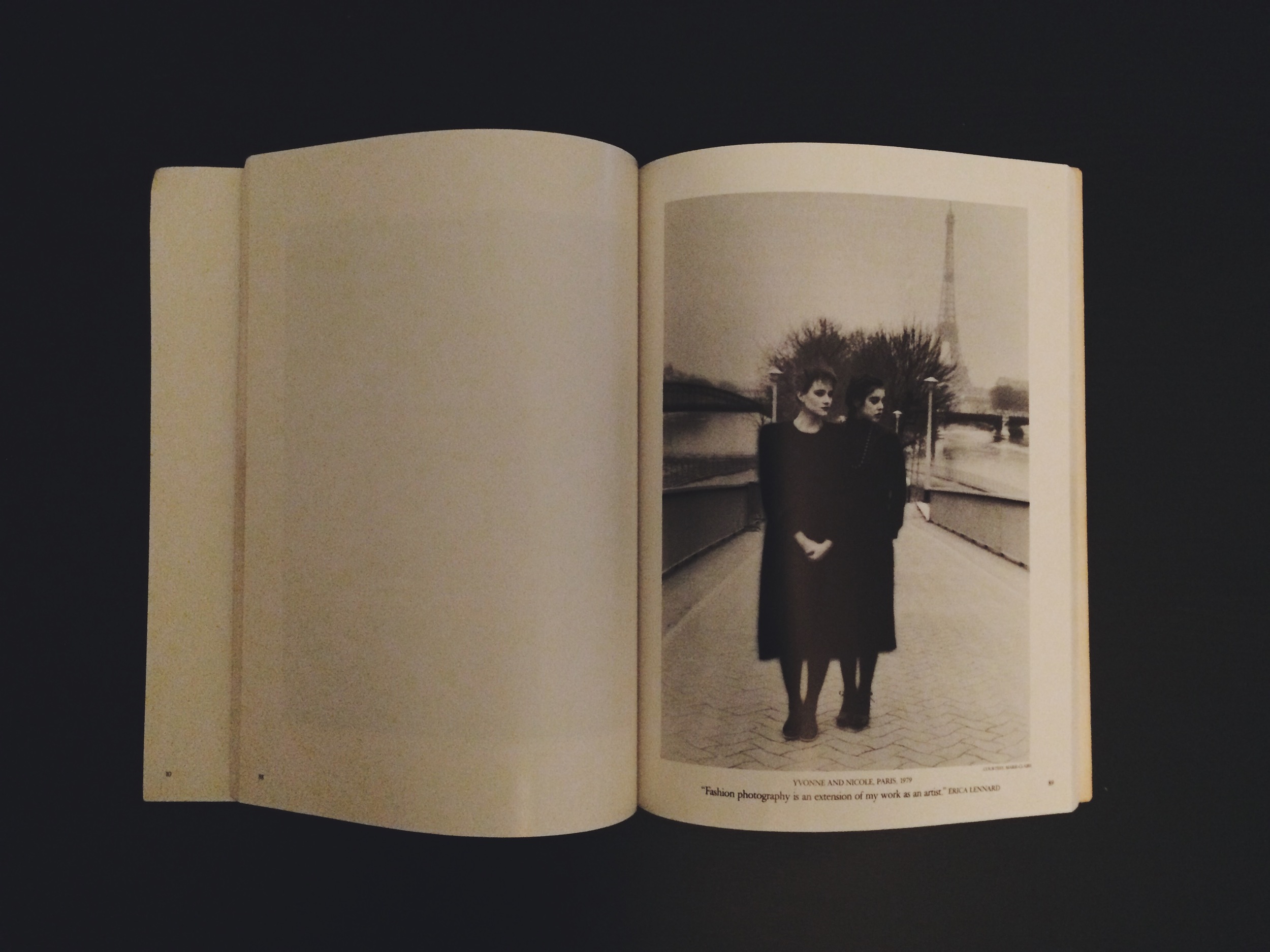One thing that I love doing but haven't posted about here is finding and buying old photography-related books. These could range from essays, technique and theory books, portfolios or monographs, and stuff from any time period - in fact I tend to go toward older books for a number or reasons, not the least of which being that they tend to be the most affordable.
I find these books almost anywhere, used book shops, "vintage" stores and thrift shops, online - and the great thing about technique, approach and work in photography, is that their soundness will always hold up, no matter the era. Even if old film-related information didn't specifically apply to my style of shooting, the techniques and general practice is largely the same, and one could stand to learn a lot from writers who taught and talked about older, slower processes of photography.
On a recent visit to a local used book shop on South St. in Philadelphia, I came across these two books (and a third, a biography of Diane Arbus that I opted to eschew to save a few bucks) and had to snatch them up.
The first is Fashion: Theory, by Carol Di Grappa. Written in 1980, it contains essays and anecdotes of fashion photographers of the time, including a few luminaries like Arthur Elgort, David Bailey and Horst P. Horst, along with selected images from each photographer's archive.
I've only read David Bailey's essay, but have yet to see any theory aside from a few recommendations he has about what type of models to work with and when to shoot on the beach, but nonetheless it's interesting and something uninitiated fashion photographer wannabes like me wish existed but have trouble finding, especially regarding photographers of years past. It's definitely a cool little addition to the collection.
The second is called 100 Studies of The Figure, the late John Rawlings' safely-titled 1951 book of nude figure studies. John Rawlings was a famous photographer for Condé Nast, featuring prominently in fashion for Vogue Magazine in the 40's and 50's. As I've been increasingly curious about shooting nudes myself, the book jumped out to me for that reason alone. What sealed the deal for me, however, was his totally unnecessary but graciously-included detailed notes on each image, including camera, lens and film used, developer and printing chemicals used, and time of day photographed. I don't think I've ever seen that included in a photobook that wasn't intended for purely educational purposes, definitely not an art book. But I like it. His decision to share his technical data in an otherwise purely artistic endeavor gives me the feeling he felt the way I do about photography, and was a total nerd to boot - just like me.
I really enjoyed reading Rawlings' introduction - when I think of 1951, I don't imagine a general American society that was particularly supportive of works like these, although I couldn't say for sure - but the fact that he gets right to the point and spends most of the introduction dealing with the controversial nature of human nudity and morality would suggest that I'm not far off the mark. He pushes against the prevailing notions of morality and quickly does what he can to liberate the proceeding images from any unnecessary baggage the moral atmosphere of the 50s may have otherwise wedged between the reader and an appreciation of his work. It's dope.
The photographs themselves look terrible - although this could easily be due to the book's age - but the compositions are nice and I enjoy his approach. I won't pretend to be a photo book critic at all, but I've seen some really sub par photographic figure studies, so I do have some perspective. He works with one model for the entire book, and I think there's something to be said for that, though I'm not sure what, exactly. Mostly I would imagine that a prolonged visual conversation between photographer and subject allows for more to be seen and shown, no pun intended. Spending time with your subject and developing a working relationship would seem to be the preferable path, especially with something as intimate as nude photography.
I'm rambling now. Just wanted to share some photo book finds, finally.




